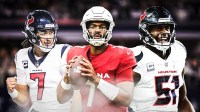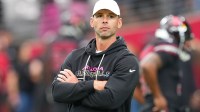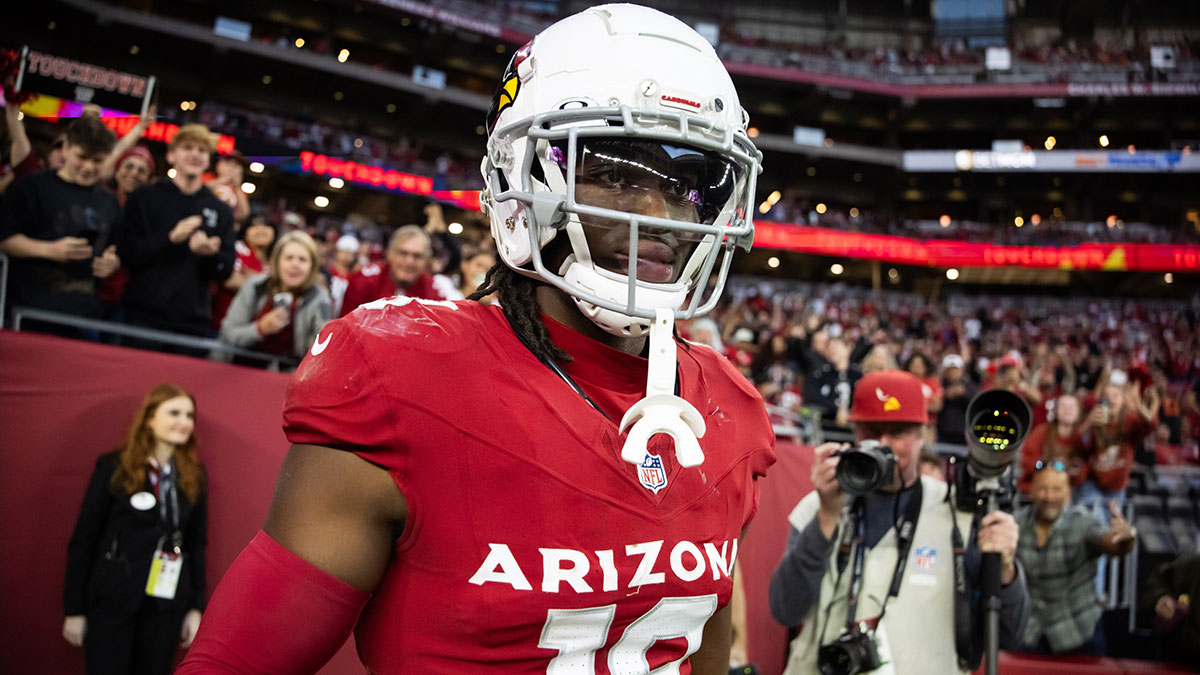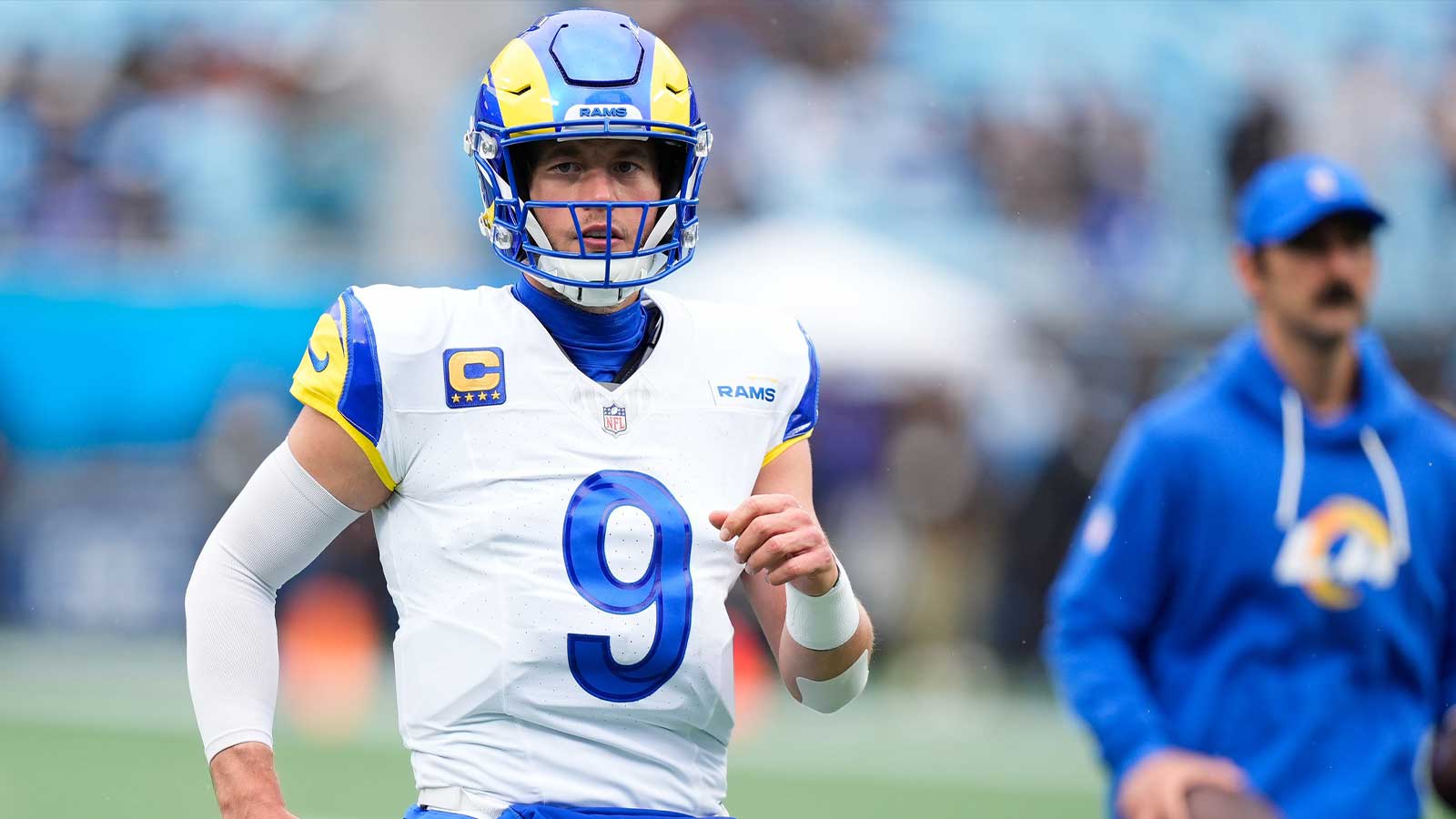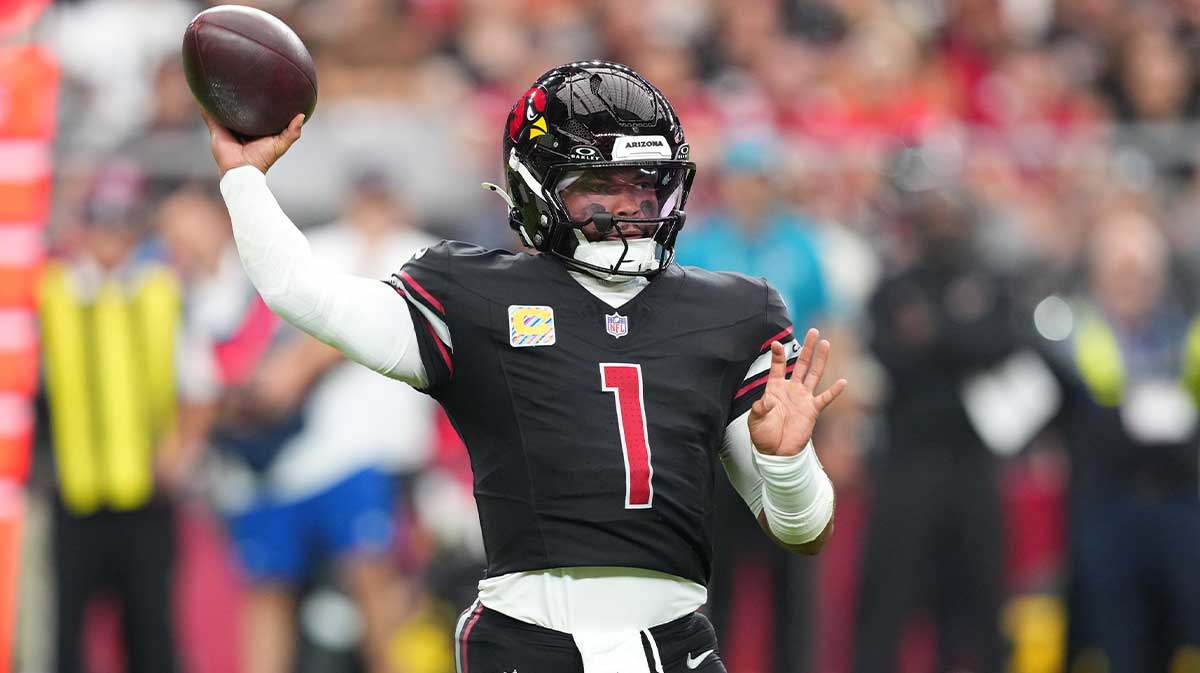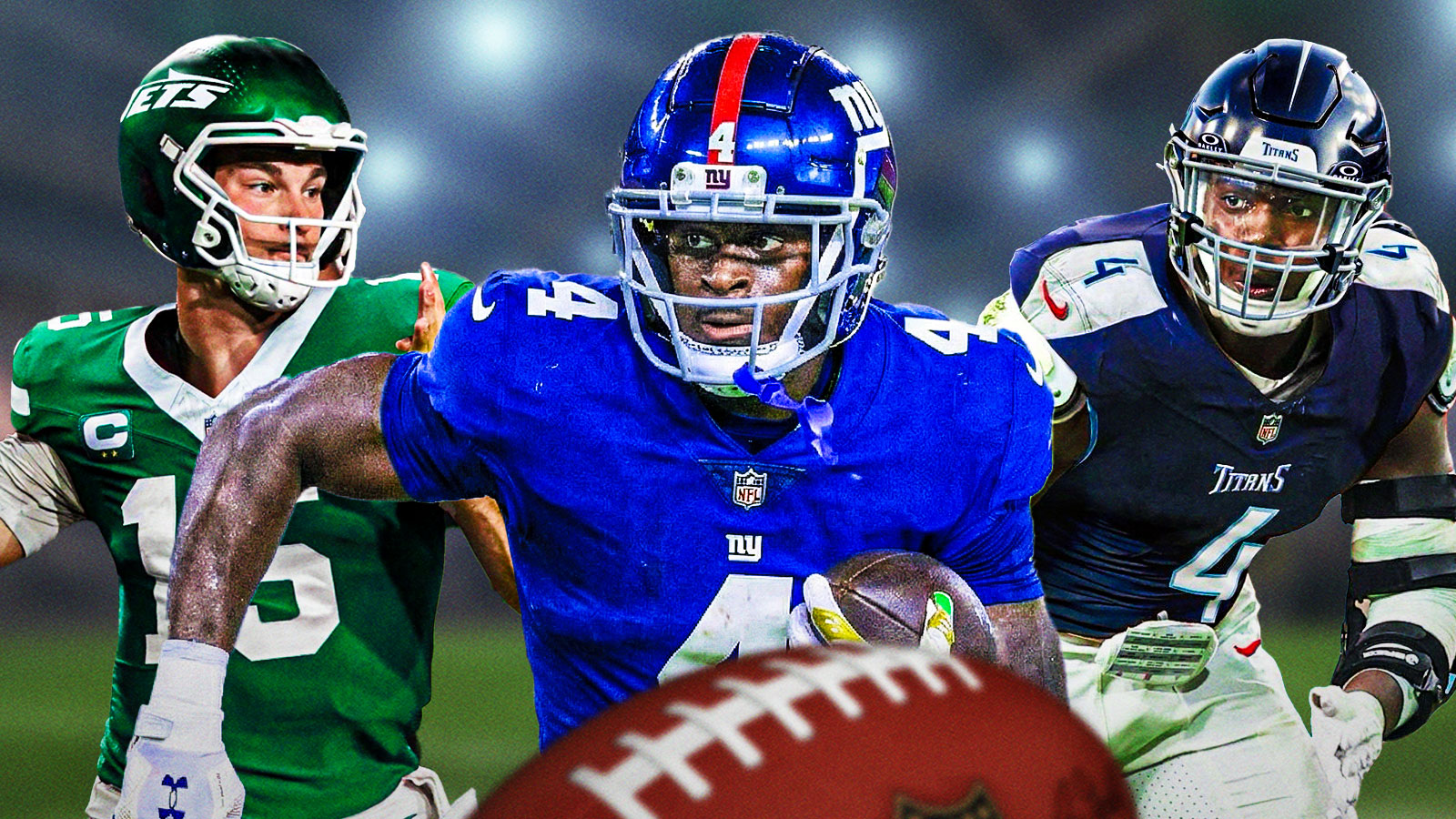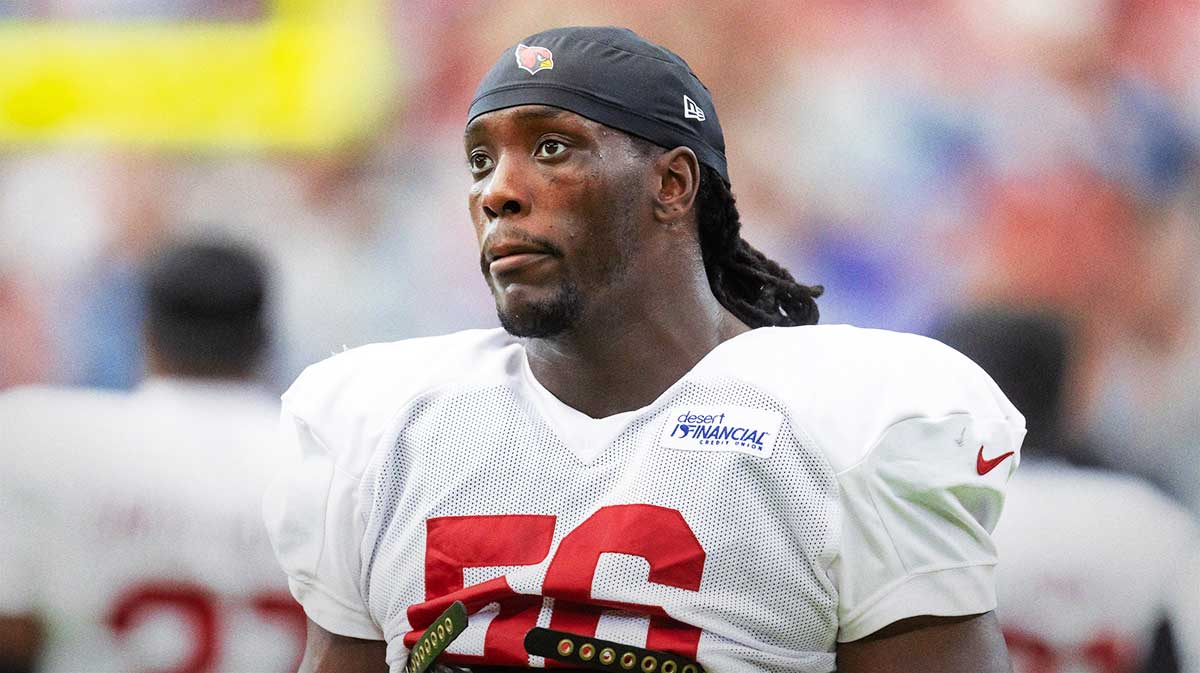As the Arizona Cardinals charge into the blistering heat of Glendale for the 2025 NFL training camp, fans find themselves riding a wave of optimism. Franchise quarterback Kyler Murray looks sharp after a healthy offseason, second-year phenom Marvin Harrison Jr. routinely snags headlines (and passes) in spectacular fashion, and some analysts project the offense as a possible top-five unit. Yet, beneath all the positive vibes and hype, one chilling narrative has begun to overshadow even Murray’s dazzling highlights: the devastating blow to the Cardinals’ cornerback depth, and what that means for a defense fighting to keep pace in the loaded NFC West.
Secondary in Shambles After Major Injury

On the third day of practice, Arizona suffered a catastrophic loss: budding starting cornerback Starling Thomas V went down awkwardly defending a pass, writhing on the turf in pain. Within hours, reports confirmed the worst—Thomas had torn his ACL and is out for the entire 2025 season. It’s not just the loss of a rising contributor; it’s a blow that exposes what may be the single biggest roster vulnerability for head coach Jonathan Gannon’s young squad.
Tests revealed that Cardinals CB Starling Thomas, who has started 22 games the past two seasons in Arizona, tore his ACL during Friday’s practice, per source. pic.twitter.com/Qz4oIR8WFo
— Adam Schefter (@AdamSchefter) July 27, 2025
The panic starts with Thomas’s ascendant 2024. He fought into the starting lineup and was expected to anchor one of the boundary spots next to sophomore Denzel Burke and veteran Elijah Jones, who himself enters camp recovering from injury. Suddenly, Arizona’s already thin and youthful corner group faces a seismic shuffling at the exact moment continuity and talent are most needed.
The NFL of 2025 is a league built for aerial assaults. Arizona’s schedule is littered with superstar receivers, think Cooper Kupp, Brandon Aiyuk, Davante Adams, and Puka Nacua, who will relentlessly attack any signs of weakness. The Cardinals, coming off a season in which their secondary finished near the middle of the league in most coverage metrics, chose to double down on internal growth. The plan was to rely on ascending young corners, not big-name free agents, and develop within the system. Losing Thomas deals that plan a punishing blow, forcing rookies or untested backups onto the field far sooner than the team ever hoped.
On top of that, the Cardinals’ pass rush, while improved on paper with additions to the defensive line, remains unproven, especially when it comes to masking coverage flaws on the back end. Jonathan Gannon’s defensive system is heavily reliant on corners who can survive on “islands,” jamming at the line and recovering against the cleverest route runners. Removing a starter at this stage compounds the pressure on every other defensive back, as well as the safety tandem led by Budda Baker.
Attempts at Solutions And Their Limits
Immediately following the injury, speculation began to swirl about whether Arizona would dip into the free agent market for a veteran replacement. The problem? It’s late July, and quality starters are scarce. The team’s front office has prioritized building through the draft and avoided tying up future financial flexibility with big contracts at the corner position.
Instead, the Cardinals find themselves relying on rookie Will Johnson to possibly assume a starting role far earlier than anticipated. Johnson, a Day Two draft pick with upside but limited pro experience, brings promise but also all of the risk that comes with trial by fire. Depth beyond him and Burke is murky, with undrafted rookies and journeymen suddenly in contention for meaningful game reps.
The secondary’s struggles are already evident in camp, with Kyler Murray and the offense frequently finding success against a reshuffled defense in full-team drills. While some may see that as a positive for Arizona’s passing game, veteran observers know it spells real trouble if it translates to actual games. A shaky corner room can sap defensive aggressiveness, force schematic changes, and put enormous pressure on the offense to score 30+ every week.
Moreover, this crisis threatens the identity Gannon is trying to build: a disciplined, physical team capable of winning ugly when necessary and not just in shootouts. It also places a greater burden on new stars like Marvin Harrison Jr. to live up to sky-high expectations—something that, as analysts note, can be a dangerous formula in a division teeming with veteran coaches and proven pass attacks.
For all the growth across the roster and buzz around Kyler and MHJ, the cornerback crisis stands as the single, overriding reason to panic in Glendale. Until someone steps up to fill Thomas’s shoes—or the front office finds a late-summer miracle—Arizona’s most glaring vulnerability will remain exposed, haunting a team otherwise poised for a step forward in 2025.



